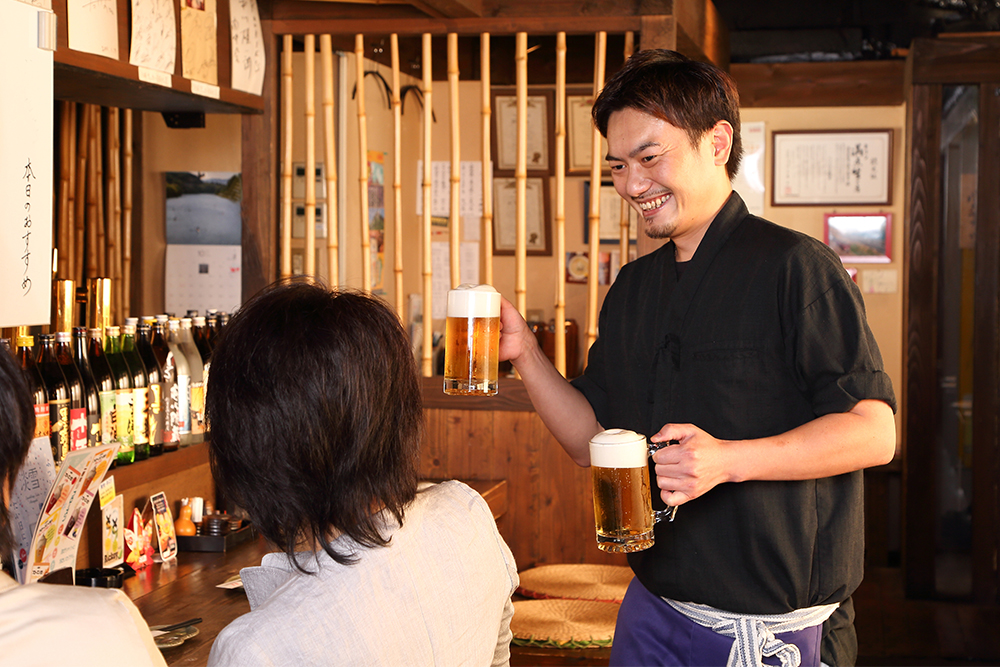When you order something at a restaurant you are not familiar with, you may have trouble deciding what to order, right? This is especially true when you are in a country with a different culture. Oh, such restaurants that mistreat unfamiliar customers are usually not good restaurants. In the case of Japan, it is said that people from all over the world can be satisfied with the food because of the mixture of food cultures from quite a variety of cultures. However, this also means that the menu is more diverse…
“O-Susume” is a magic word that you can use when you are not sure what to order. “O-Susume” means a recommendation of the person’s own. Ask, “O-Susume wa nan desuka?” Or you can ask “O-Susume, please!!” Asking for the most popular menu is one way to go. However, you will probably have a higher chance of getting delicious dishs if you ask for suggestions on the “O-Susume” menu. You can’t suggest a menu for “O-Susume” without thinking about the other person, right? And you need to be confident in the menu you are proposing. Furthermore, you wouldn’t suggest something you don’t like to a customer, would you? Each ingredient has its own the time of year when the food is tasty and available in the market. In Japanese, this time is called “旬(shun)”, and the ingredient of the season is called “shun-no-mono”. It is said that restaurants that serve delicious food often take this “shun” very seriously. “O-Susume” dish often uses these “shun-no-mono”, seasonal ingredients. Of course, there are many restaurants that serve “O-Susume” dishes that can be enjoyed all season long. In any case, you know what? A restaurant that confidently proposes the “O-Susume” menu is definitely going to provide you with delicious dish. There is a word with a similar meaning to “O-Susume”, it is “O-Makase”. Umm… “I” recommend using the word “O-Susume” rather than “O-Makase”. It will convey more trust in the person making the proposal, “I” think so. “O-Susume wa nan desuka?” Please try to use the lines!
Restaurants that specialize in a particular cuisine often present their recommendations for additional seasonings, toppings, and eating methods with explanatory text. They may also show you the right combination of dishes, and for those who like to drink, they may recommend a drink that goes well with the dish. Please also take note of such the original “O-Susume” that each restaurant presents.
Menus that bears the restaurant’s name
Sometimes you may feel a little reserved in asking the waiter for food recommendations, don’t you? This is especially true if the restaurant is crowded. In such cases, you should look for a menu that bears the restaurant’s name. If you are ordering at a restaurant named “〇〇”, look for a menu named such as “〇〇 Set”, “〇〇 Plate”, or “〇〇 Gozen”. The menu bearing the restaurant’s name is often one of the restaurant’s recommended dishes. Restaurants that specialize in a particular cuisine, such as pork cutlet, curry, udon, soba, etc., often have such a menu. A ramen restaurant might be a good example of this. Because the menu bears the restaurant’s name, it includes the restaurant’s regular ingredients and is often offered as a menu with just the right seasoning and quantity. Perhaps you will all be satisfied.




